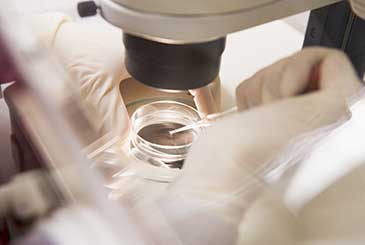+91-9871250235
— Total pregnancies 10000+ and above —
Surrogacy India Blog
Personalised and human approach to surrogacy treatment.
Fertility Issues

1. OPTIMISING NATURAL FERTILITY
- As age increases, time needed to conceive also increases
- Women > 35 years of should consult a doctor after trying to conceive for a period of six months. (The deciding age of women will vary with ethnicity)
- Fertile period is a day 6 time period which ends around the time of ovulation and correlates with the changes in cervical mucus. Daily or alternate day intercourse during this time period increases the chances of pregnancy.
- Coital position or resting after intercourse does not have any impact on fertility.
- Smoking , alcohol consumption, high level of caffeine intake, use of recreational drugs and vaginal lubricants should be avoided in couples who are trying to conceive.
2. USE OF CLOMIPHIENE CITRATE IN INFERTILE WOMEN
- Clomiphiene citrate(CC) is the first line drug In cases of anovulatory infertility.
- Cycle fecundity rates increases with CC + IUI in cases of unexplained infertility.
- Side effects of CC are mild such as mood swings (64%-78%), vasomotor symptoms, visual disturbances, breast tenderness, pelvic discomfort, nausea are very uncommon. There is an increased incidence of multiple pregnancies (10%).
- Adjuvants like metformin, glucocorticoids, exogenous gonadotrophins are effective in inducing ovulation when used along with CC.
- Further evaluation is needed to rule out other contributing factors after 3-4 failed CC cycles.
- CC cycles need to be monitored regularly.
5 MILLION BABIES BORN THROUGH IVF IN THE PAST 35 YEARS
Researchers now estimate that 5 million IVF babies have been born since the birth of the first IVF baby(Louise Brown). According to Dr. David Adamson, IVF has become a sort of mainstream in the last 6 years as stigma around infertility has decreased and the technology has improved. The data obtained by these researchers is only from two-third of the reported IVF cycles worldwide. In 1990, a little more than a decade after the first IVF birth, about 95,000 babies were born. By 2000, the figure had grown to 1 million and by 2007 it has climbed to 2 million. This has been mainly due to improved ability to culture the embryos and increase the success rates.

